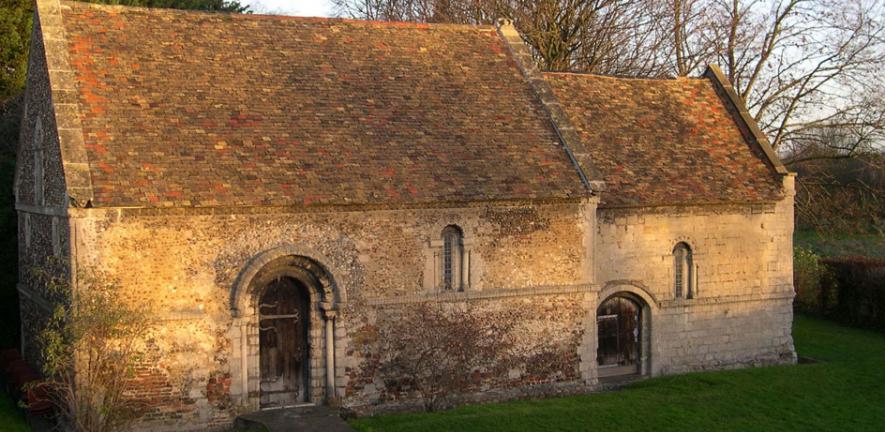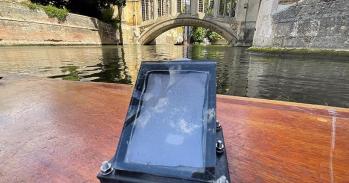
There are 21st century ideas in prospect for the 800 year old Leper Chapel in East Cambridge following a unique collaboration between Cambridge Past, Present and Future, and an Architecture student at the University of Cambridge.
There are 21st century ideas in prospect for the 800 year old Leper Chapel in East Cambridge following a unique collaboration between Cambridge Past, Present and Future, and an Architecture student at the University of Cambridge.
I found it very motivating that my dissertation was a real-life project, with utility and purpose, addressing genuine needs and serving a community
Spyridon Papavasileiou
Often considered the oldest surviving building in Cambridge, the Leper Chapel has a long history that dates back to when it was known as the Chapel of St. Mary Magdalene and was at the centre of the Stourbridge Fair, the largest medieval fair in Europe. In its recent history, the chapel has been owned and lovingly maintained by Cambridge Past, Present and Future.
The challenge of providing facilities for the community and heating this Grade 1 listed building prompted Cambridge Past, Present and Future to suggest a project via the University’s Community Knowledge Exchange. In doing so, they sought to understand the possibility of using micro-generation of renewable energy on-site, in such a way that would be acceptable, given the constraints of the historic Grade 1 listed building.
Spyridon Papavasileiou, an MPhil student at the Department of Architecture, devised a tool, which he named VisEnR, to correlate renewable energy yield to the visual impact on historic buildings. Using this tool, he investigated various methods of micro-generation, including photovoltaic cells, wind power and ground source heat pumps.
‘I found it very motivating that my dissertation was a real-life project, with utility and purpose, addressing genuine needs and serving a community’, explained Spyridon.
In addition, in response to ideas that the Friends of the Leper Chapel and Cambridge Past, Present and Future have been thinking about for some time, Spyridon also outlined a plan for a potential future additional building on the Leper Chapel site. This could provide facilities to enable greater community use of the building while also providing a site for energy generation through a combination of methods.
The research project was then presented at a recent Friends of the Leper Chapel meeting, where it stimulated discussion regarding taking the vision forward to enable Cambridge Past, Present and Future to consider a holistic plan for the future of the building in its setting.
Spyridon received a distinction for his MPhil dissertation, secured an offer of an EPSRC studentship, and hopes to start a PhD at the University in September 2012. His supervisor was Professor Koen Steemers. In addition to CambridgePPF staff and Friends who support the Leper Chapel, further valuable assistance was given by the University’s Estate Management and Buildings Service who provided personnel and ladders for placing data loggers in the Chapel.
The Cambridge Community Knowledge Exchange has received support from the European Community's Seventh Framework: Science and Society programme through the PERARES project (Public Engagement with Research and Research Engagement with Society).
This work is licensed under a Creative Commons Licence. If you use this content on your site please link back to this page.





